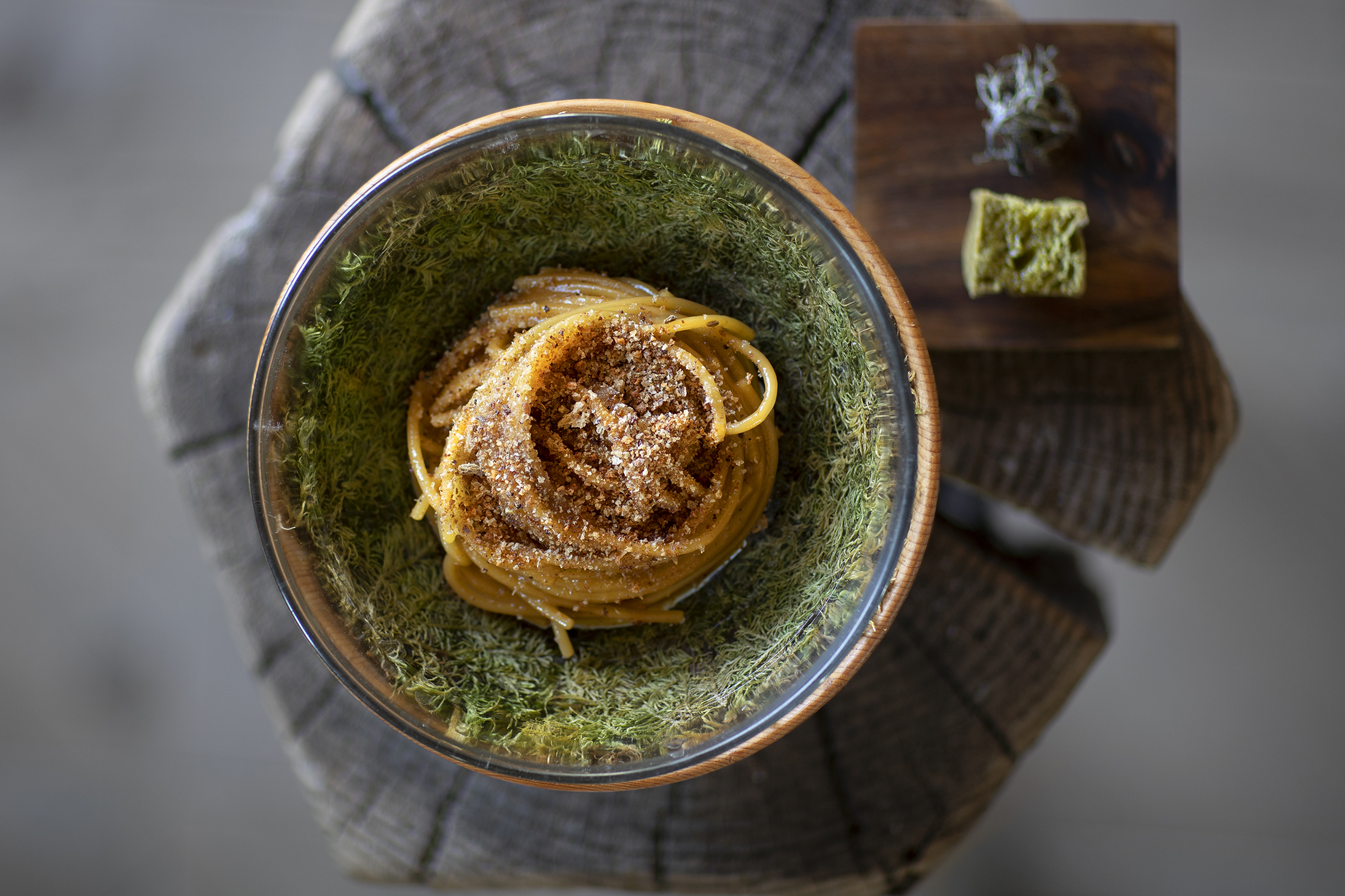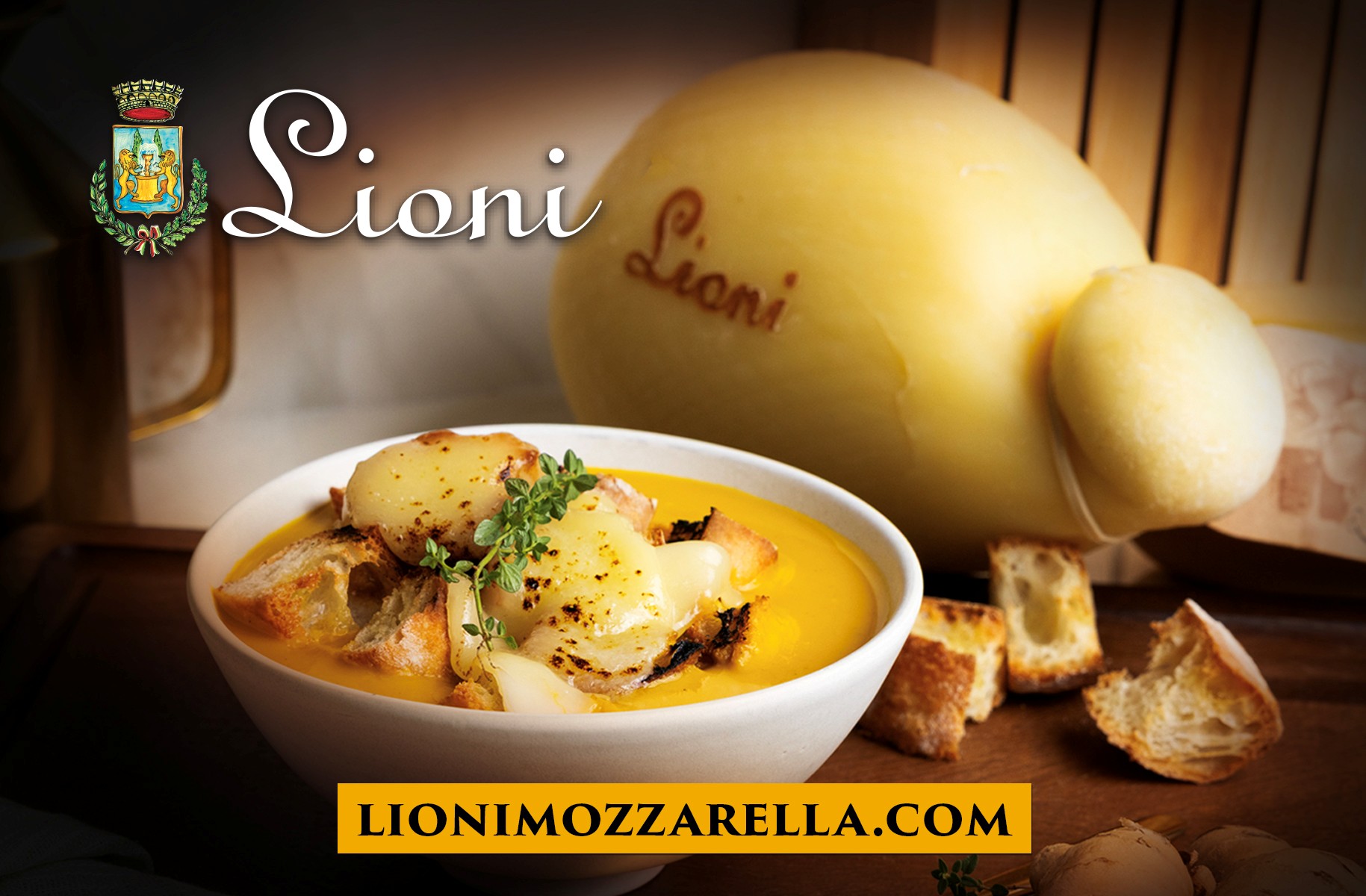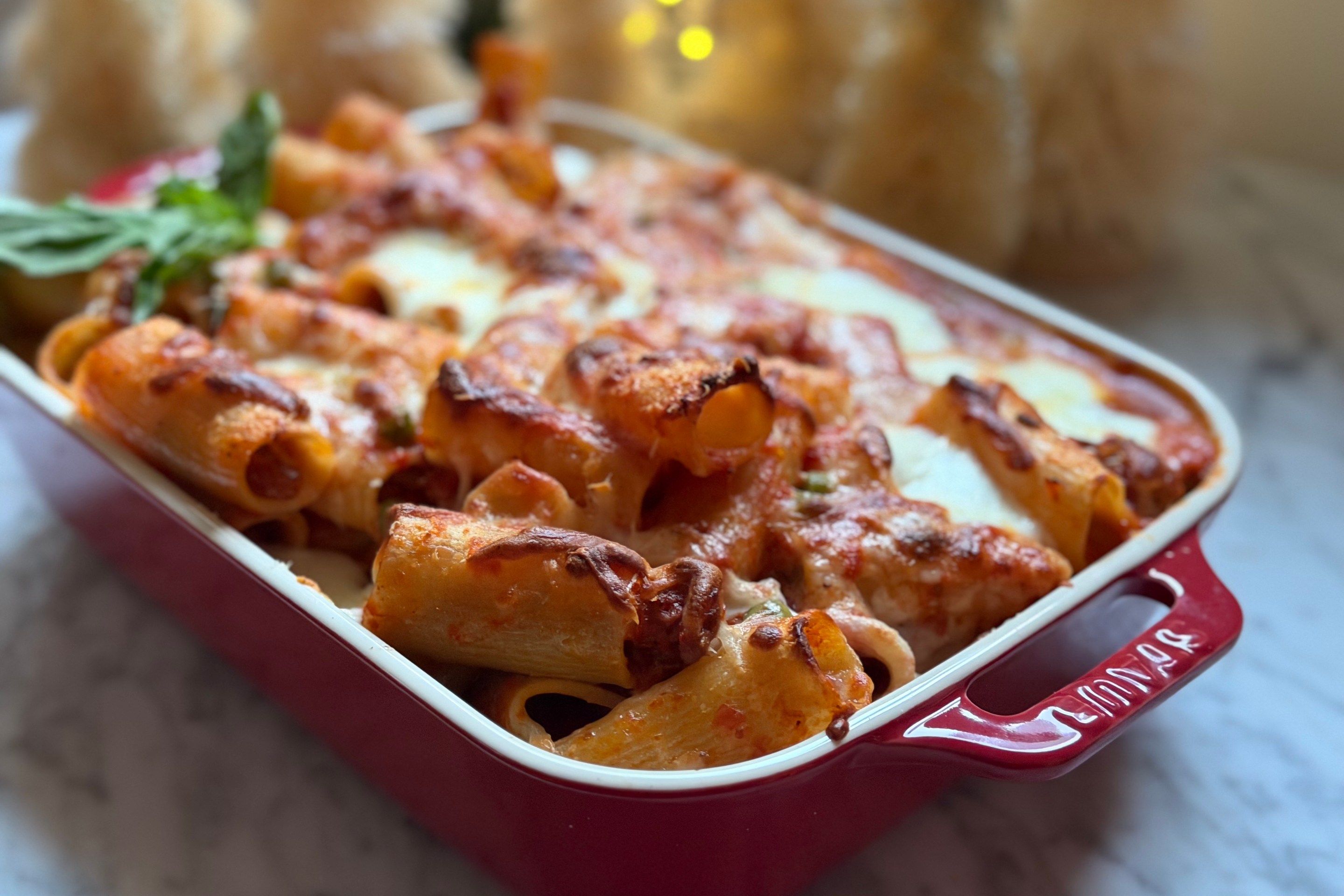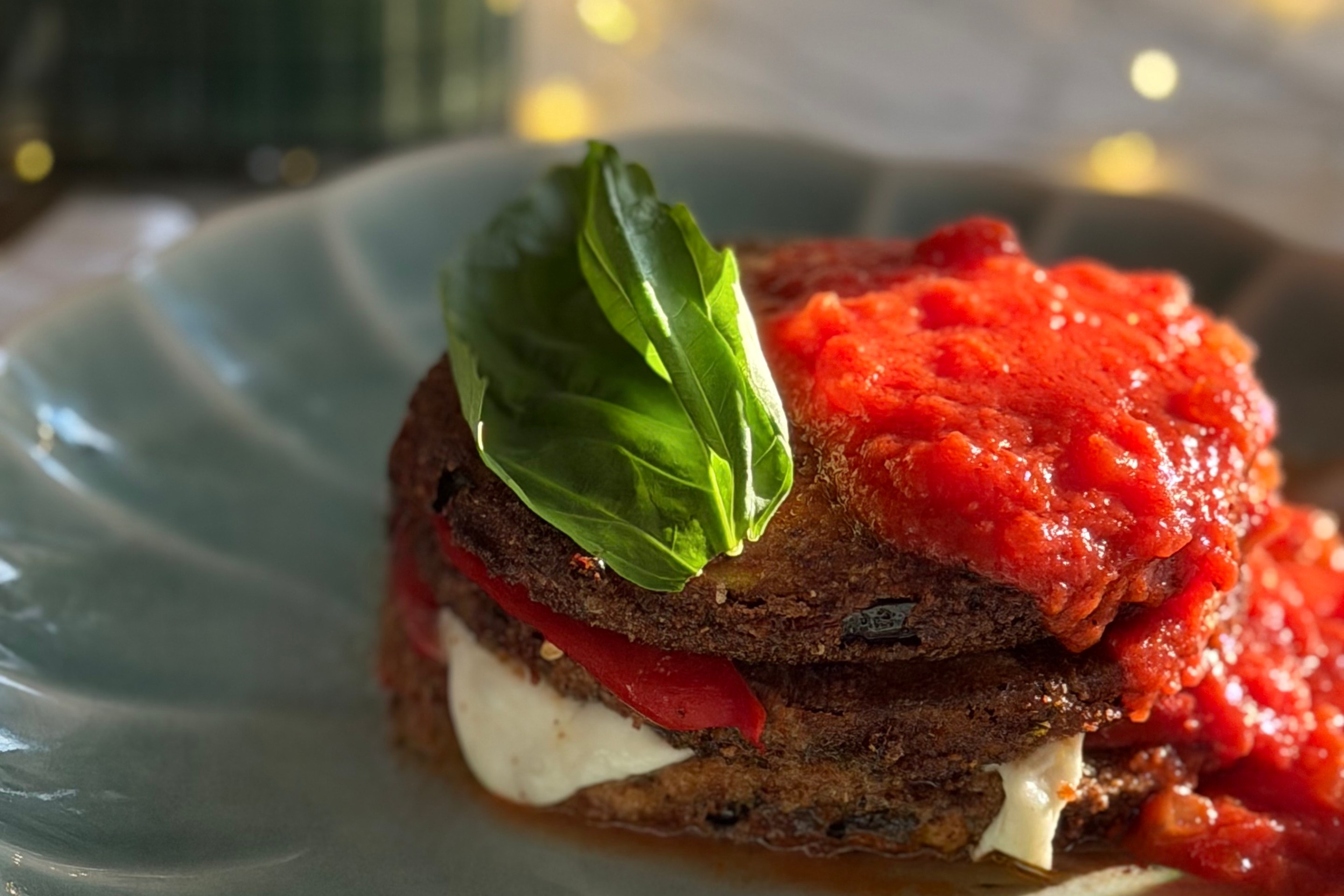In February 2026, the Winter Olympics return to Italy, drawing global attention to the northern regions of Lombardy and Veneto. This year’s Games, co-hosted by Milan, Cortina d’Ampezzo, and surrounding towns, offer more than just world-class competition. They also highlight the country’s unmatched culinary heritage. If you're planning a trip, here’s where to dine during the Winter Olympics in Italy for a true taste of the region.
A Look Back: Italy and the Olympic Games
Italy first hosted the Winter Olympics in 1956 in Cortina d’Ampezzo, a then-undiscovered ski town that would go on to define glamour in the Dolomites. The Games were the first to be broadcast live on television and introduced viewers around the world to the rugged beauty of the Veneto Alps.
The 1960 Summer Olympics in Rome brought international flair. Then came Turin in 2006, where Italy once again highlighted its ability to balance tradition and innovation, pairing snow sports with big city energy.
The 2026 Lineup: A Regional Collaboration
Rather than concentrating events in one Olympic Village, the 2026 Games will span multiple locations across Lombardy and the Veneto region, with events split between the fashion capital of Milan and the mountain towns of Cortina d’Ampezzo, Bormio, Livigno, and others. Here's a brief look at the host areas and their Olympic roles:
Milan: Opening ceremony at San Siro Stadium. Events include ice hockey, figure skating and speed skating.
Cortina d’Ampezzo (Veneto region): Events include Alpine skiing, curling and bobsleigh.
Valtellina (Lombardy region): Freestyle skiing, snowboard, halfpipe, and alpine skiing.
Val di Fiemme (Trentino region): Nordic events include cross-country skiing and ski jumping.
Verona Arena: Closing Ceremony.
This setup offers visitors a chance to experience multiple regions of northern Italy, each with its own character and culinary identity.
Where to Eat Between Events: Fine Dining
Often called the “Queen of the Dolomites,” Cortina d’Ampezzo has long been a magnet for international skiers, film crews, and alpine fashionistas. But behind the boutiques and breathtaking mountain views is a town deeply connected to its culinary roots. Set against dramatic peaks, Cortina’s food scene blends meticulous presentation with Alpine traditions that have been passed down for generations.
As host to several key events during the 2026 Winter Olympics, including alpine skiing and curling, Cortina is ready to welcome many global visitors. For those looking to pair the thrill of competition with exceptional dining, a few standout restaurants rise to the occasion.
SanBrite
Awarded both a Michelin star and a Green Michelin Star for sustainability, SanBrite is more than a restaurant. It’s a philosophy. Chef Riccardo Gaspari, a native of the region, crafts an experience rooted in nature, using ingredients sourced from his family’s nearby organic farm. Every dish represents the area - wild herbs, raw milk cheeses, and game appear on the menu.
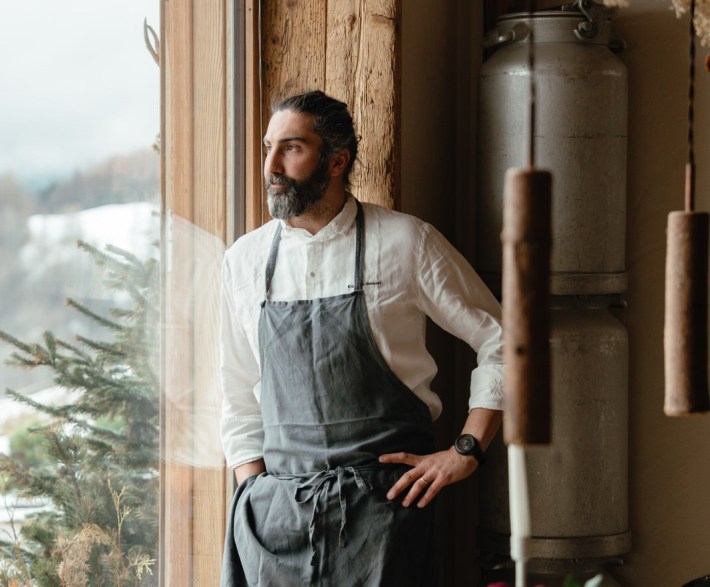
The atmosphere is intimate and thoughtfully designed, balancing rustic textures with a modern vibe. For those seeking a meal that connects them to the land as much as the luxury, SanBrite is a must.
El Brite de Larieto
Also owned by the Gaspari family, El Brite de Larieto is a rustic agriturismo situated in a larch forest about a mile above sea level. Established in 2004 by Riccardo Gaspari's parents, it offers traditional Alpine cuisine using organic products from the adjacent family farm. The menu features dishes like speck tartare, beetroot ravioli, and homemade cheeses. The establishment celebrated its 20th anniversary in 2024 and has been awarded a Michelin Green Star for its sustainable practices.
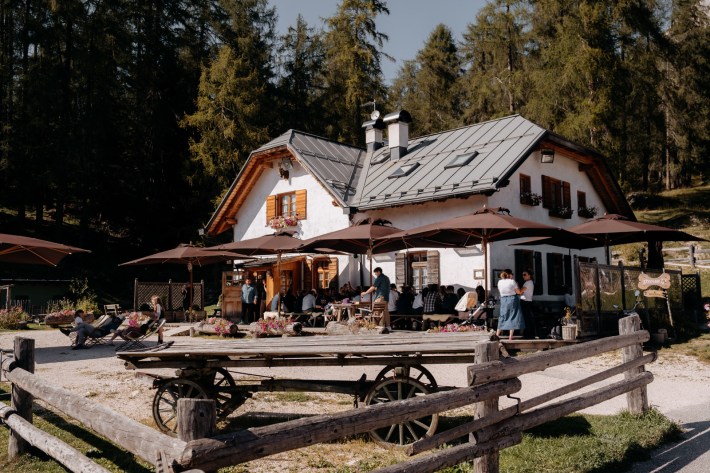
Tivoli Cortina
Tivoli is Cortina’s culinary adventure, offering an elegant interpretation of high-altitude cuisine under the guidance of Chef Graziano Prest. A fixture in the region’s fine dining scene, Prest brings decades of experience and international acclaim to the table, including his role as an official chef for the Italian Olympic team during previous Winter Games.
His menu is a tribute to the Dolomites, balancing seasonal ingredients with precise technique and creativity. Expect dishes like venison with juniper, handmade pasta with wild mushrooms, and desserts that highlight local and seasonal fruits. The wine list is as meticulously curated as the food, with regional standouts alongside classic Italian and French selections.

Tivoli’s warm service and timeless interior make it a reliable favorite for returning visitors and first-timers alike, especially those seeking a quiet, elevated meal after a day on the slopes or at the Olympic venues.
Together, these northern Italian restaurants capture the essence of Cortina’s appeal - a place where heritage and innovation coexist beautifully.
Bormio: A Spa Town with Serious Flavor
Set in the heart of the Valtellina Valley, Bormio is best known for its ancient thermal baths, but its culinary identity is just as important. This Roman-era town, surrounded by alpine peaks and terraced vineyards, has long been a hub of rich, mountain-based cuisine. Buckwheat, aged cheeses, cured meats, and hearty stews define the local palate. They use simple ingredients representing centuries of tradition.
During the 2026 Winter Olympics, visitors headed to Bormio for the men’s downhill events will find no shortage of refined places to eat after a day on the slopes.
Ristorante Al Filò
Tucked into a beautifully restored 17th-century stone barn, Al Filò offers an elegant atmosphere, with exposed brick and timber. It’s a setting that feels timeless and fitting for a restaurant that represents the culinary history of the Valtellina region.
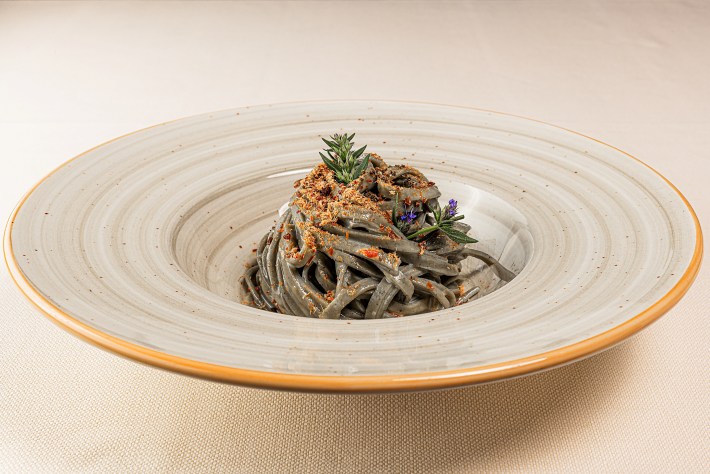
Guided by Chef Massimiliano Tusetti and his wife Sara, Al Filò delivers tasting menus that balance tradition with expertise. Expect classic regional dishes like pizzoccheri, buckwheat pasta with cabbage, potatoes, and melted cheese—alongside creative renditions of sciatt, deep-fried cheese balls that somehow remain light and delicate.
With over 250 wine labels on offer, many of them local, Al Filò is more than a meal. Its story is told through their seasonal ingredients and quiet craftsmanship.
Whether you're soaking in hot springs or watching Olympic legends descend the Stelvio slope, Bormio offers a warm table and a memorable plate at the end of the day.
As the 2026 Winter Olympics approach, these culinary destinations in northern Italy offer visitors not only a taste of the region's rich gastronomic heritage but also a chance to experience the warmth and hospitality that define Italian dining. Whether you're savoring a meal after a day on the slopes or seeking a memorable dining experience amidst the Olympic excitement, these restaurants provide the perfect setting to complement the spirit of the Games.
Note: As of the latest available information, all restaurants are open and welcoming guests. However, it's always recommended to check the current operating status and make reservations in advance, especially during peak seasons like the Winter Olympics.
